Blog, breeding, oca (Oxalis tuberosa), true oca seed
Oca: Germination
On August 7th, I started a quick and dirty experiment to see if any of my oca (Oxalis tuberosa) seeds would germinate. Most seeds have some dormancy and won’t grow until time has passed or specific conditions of temperature and humidity are reached. I separated 60 seeds into three groups of 20. I soaked each group for 24 hours – one in water, one in water with potassium nitrate, and one in water with giberellic acid. KNO3 and GA3 often enhance germination.
It is too early to provide much in the way of results (I will update this post as I learn more), but there is one important development:
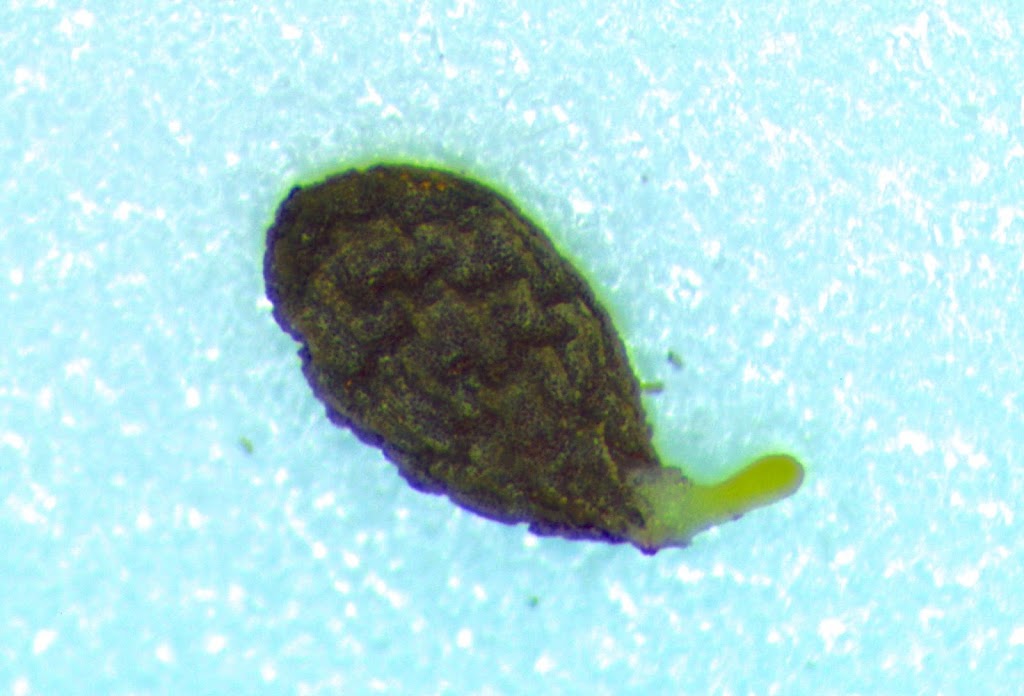 |
| Oca seed at 40 hours |
The picture shows an oca seed from the plain water group at 40 hours. It has germinated and the root tip is protruding. There are a few seeds in each group at this stage, although most are not this far along.
Updates:
Aug. 14:
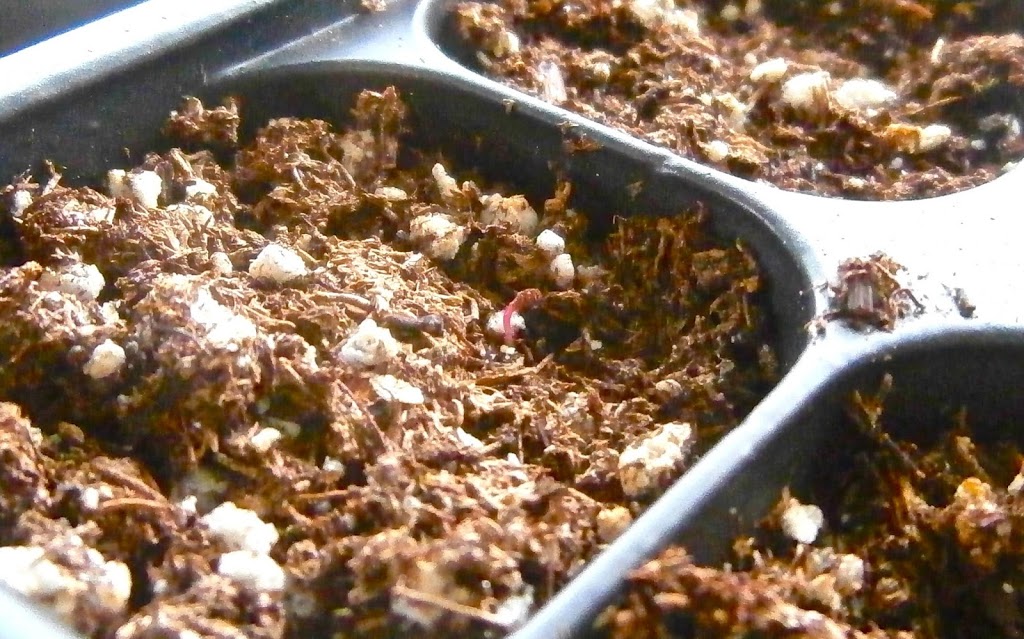 |
| Largest of the oca seedings on August 14th |
As of August 15th, I have 6 oca seedings. Now I have to figure out how to keep them alive long enough to get tubers.
Aug. 16:
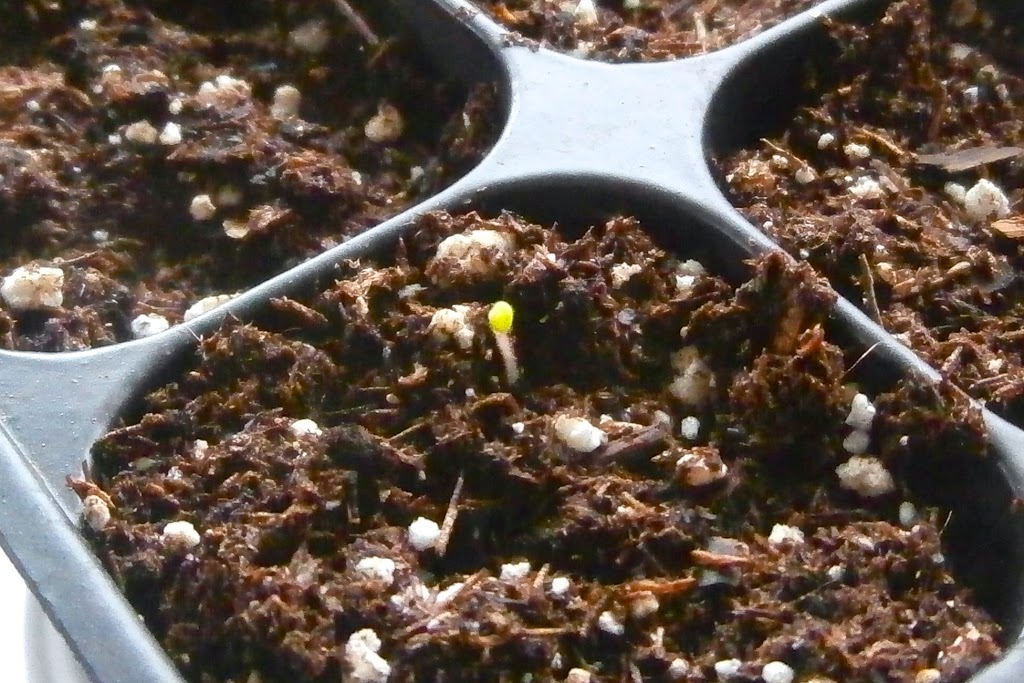 |
| First oca seedling to shed its husk – August 16th |
Aug. 19:
As of today, I have 12 oca seedlings. They are in roughly equal proportions across all three treatment groups, so it appears that there is probably little benefit to any treatment beyond a soak in plain water, at least at the concentrations that I tried. This is really good news, as it reinforces the idea that oca seed has little dormancy and is quite easy to sprout very soon after it matures.
There is a mix of seedlings with red stems, green stems, and white stems.
I mist the seed trays with water twice daily, keep them on a heat mat set at 70 degrees, and light them 24 hours per day with a four bulb fluorescent fixture three inches above the seed trays. I can’t say if this is the best method for raising oca seedlings, but it is at least somewhat successful so far.
Aug. 20:
Up to 14 oca seedlings. That is pretty poor germination out of 60 sowed, but when it comes to propagation from true seed, oca is basically a wild plant. Wild plants tend to have extremely uneven germination as part of their survival strategy. The moment man begins to domesticate a plant, uniform germination becomes one of the selection criteria. It might not be conscious, but the way that we grow crops guarantees it. We sow seeds all at once and then begin cultivating around them. That ensures that only the earliest to germinate survive. Because oca is propagated vegetatively, like the potato, there has been little selection pressure put on its sexual reproduction by man. So, 14/60 is not terrible all things considered. Ian at Growing Oca reported seeds germinating months after he sowed them.
Here are some pictures of the seedings:
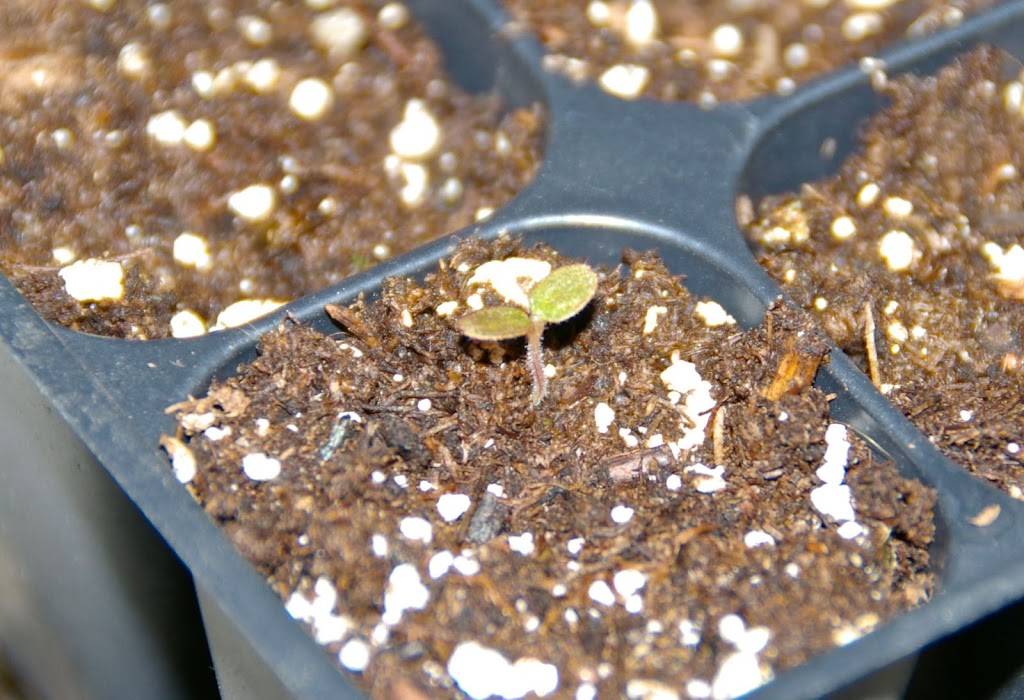 |
| Oca seedling |
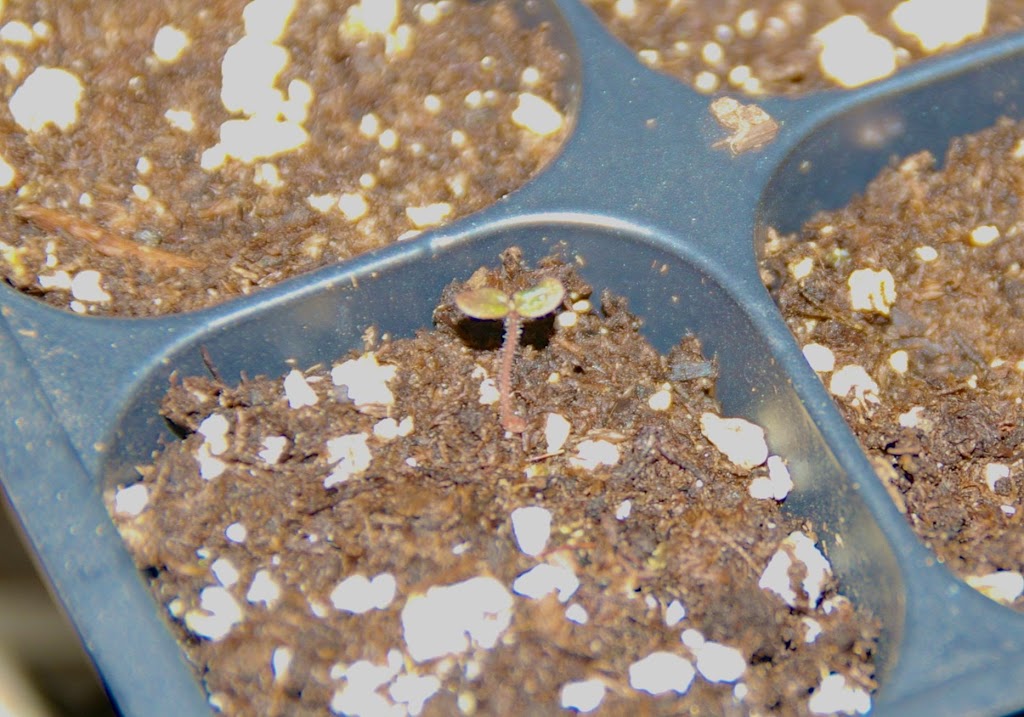 |
| Oca seedling |
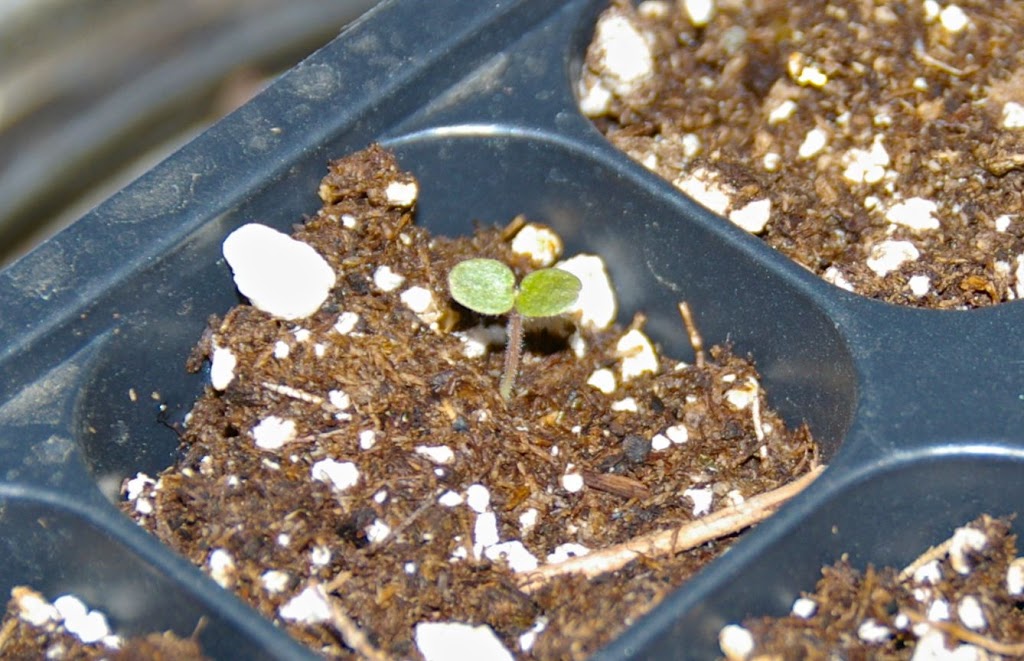 |
| Oldest of the oca seedings It is just beginning to form true leaves |
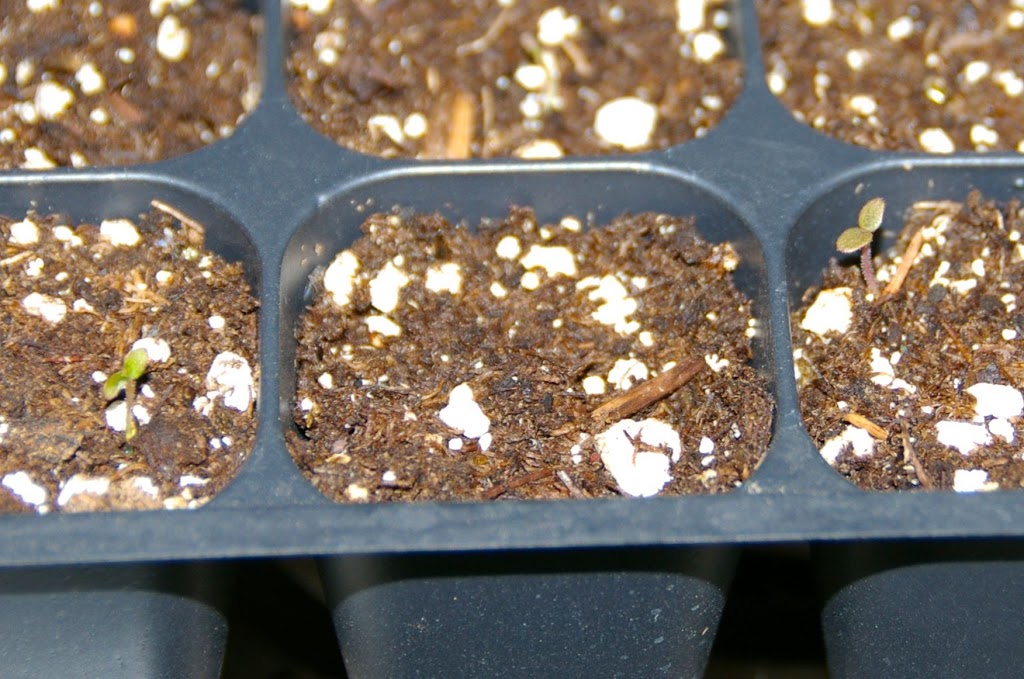 |
| Oca seedlings |
Oca seeds and tubers are sometimes available in our seed shop.
